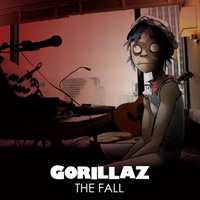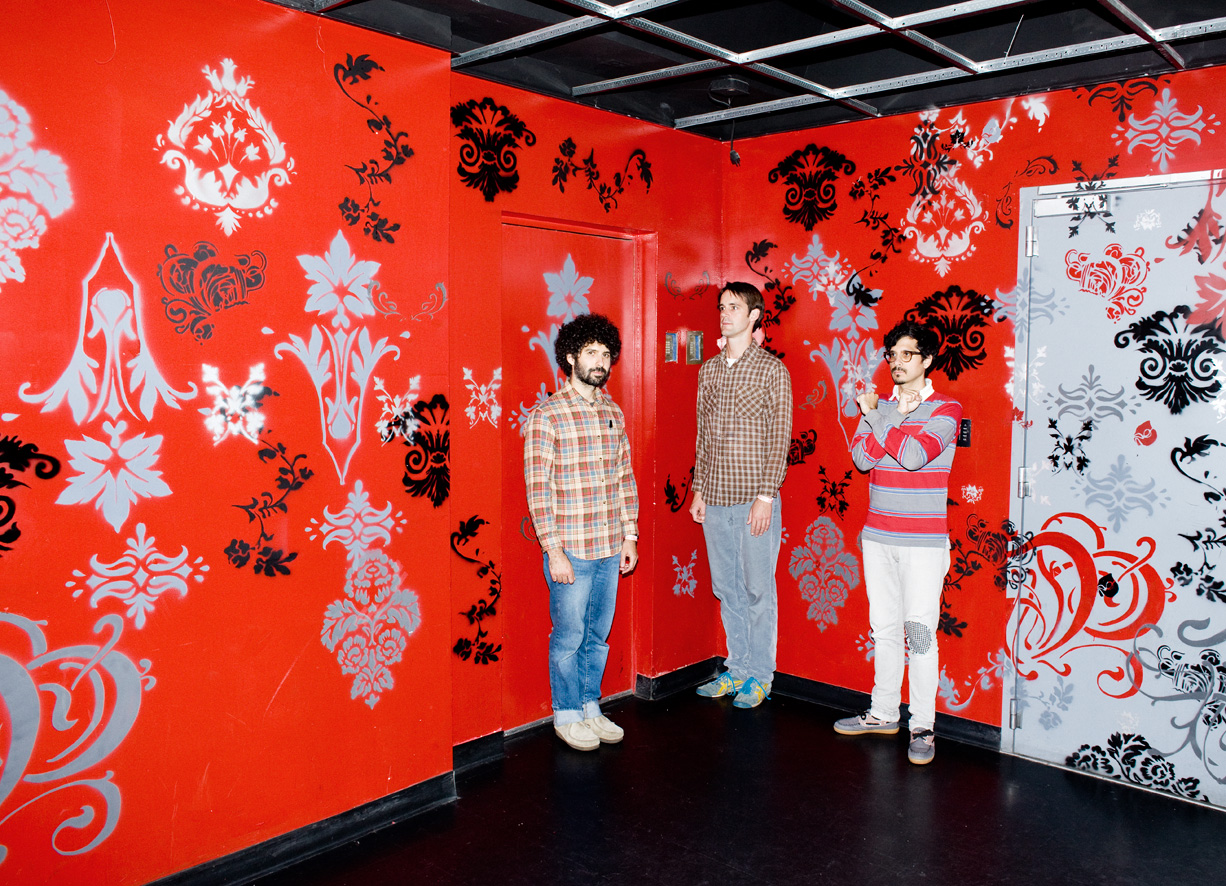Scott Morrow is ALARM’s music editor. Patrick Hajduch is a very important lawyer. Each week they debate the merits of a different album.
 Gorillaz: The Fall (EMI, 12/25/10)
Gorillaz: The Fall (EMI, 12/25/10)
Gorillaz: “Phoner to Arizona”
[audio:https://alarm-magazine.com/wp-content/uploads/2011/01/Gorillaz_Phoner_to_Arizona.mp3|titles=Gorillaz: “Phoner to Arizona”]
Morrow: Over Christmas, Damon Albarn of Gorillaz (as well as Blur and The Good, The Bad & The Queen, et al) released a free album of material called The Fall for paying Gorillaz fan-club members. Recorded on the road during the American portion of the group’s recent Plastic Beach tour, the material (which can be streamed for free by non-paying mailing-list members) is most noteworthy for being entirely recorded and produced on an iPad.
The music isn’t the high-water mark that was Plastic Beach, which benefited from virtuosic performances by The Lebanese National Orchestra for Oriental Arabic Music and others and which featured high-profile guests such as Lou Reed, Mos Def, De La Soul, and many others. But the songs are fun, dance-y little electronic numbers (with Albarn singing over some of them), and there isn’t much in the production that would tip it as being recorded on an iPad. There are “legit” electronic instruments in the mix — Moogs, Korgs, etc. — as well as accents from traditional instruments, including a beautiful ukulele loop on “Revolving Doors.”




 In the world of Mike Ladd, reality is far stranger than fiction. The Boston-bred MC/producer/spoken-word poet is the merry prankster of underground hip-hop, a sonic jester gleefully melding dystopian imagery with lo-fi hardcore, dub, and retro soul to create party music for the year 2032. His lofty concepts have documented the simultaneous death and rebirth of hip-hop in his operatic Infesticons and Majesticons projects.
In the world of Mike Ladd, reality is far stranger than fiction. The Boston-bred MC/producer/spoken-word poet is the merry prankster of underground hip-hop, a sonic jester gleefully melding dystopian imagery with lo-fi hardcore, dub, and retro soul to create party music for the year 2032. His lofty concepts have documented the simultaneous death and rebirth of hip-hop in his operatic Infesticons and Majesticons projects.